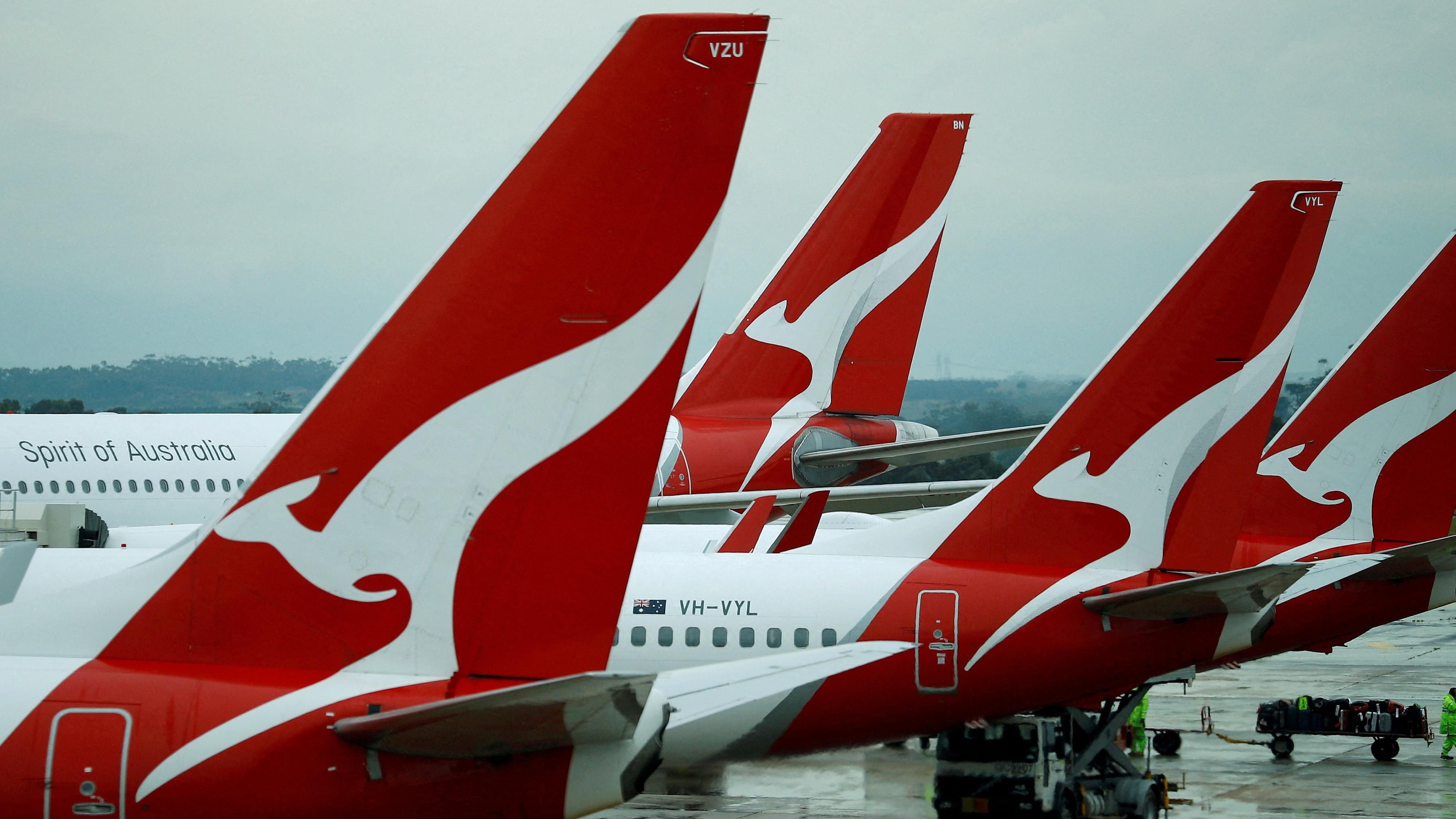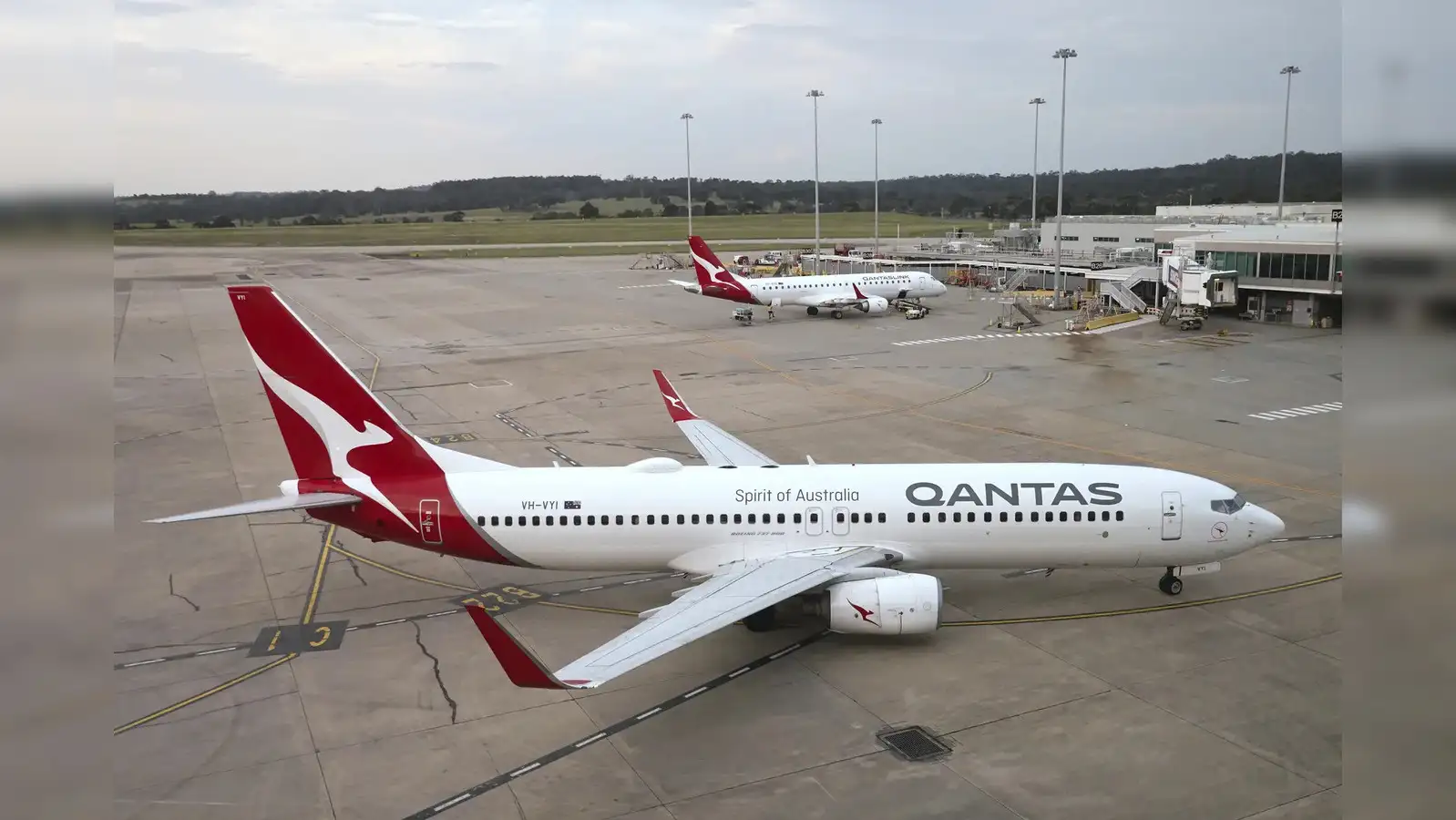
Overview of Qantas Data Breach Incident
Brief Background of Qantas
Qantas, Australia’s flag carrier, is renowned for its outstanding service and innovation in aviation. Founded in 1920, the airline has evolved from a small regional operator to a globally recognized airline known for its safety and reliability. With its commitment to customer care and operational efficiency, Qantas has consistently ranked among the world’s top airlines.
However, this reputation was jeopardized by a significant data breach incident, raising critical concerns about cybersecurity within the aviation sector.
Description of the Data Breach Event
In late 2022, Qantas experienced a major data breach, where cyber attackers compromised sensitive customer information. The breach primarily affected personal details, including names, addresses, and travel preferences, leaving many customers feeling vulnerable and exposed. The breach underscored the pressing need for airlines to safeguard vast amounts of customer data against increasingly sophisticated cyber threats.
Key events that unfolded during the breach included:
- Unauthorized access to customer databases.
- Lapses in data encryption protocols.
- Compromised access controls.
Impact on Qantas and Customers
The fallout from the data breach was significant, impacting both Qantas and its customers. The company faced reputational damage, decreased consumer trust, and financial repercussions. Customers, on the other hand, grappled with anxieties about identity theft and the misuse of their information.
Qantas took steps to rebuild trust, highlighting the vulnerabilities in today’s digital landscape.

Importance of Cybersecurity in the Aviation Industry
Overview of Cybersecurity Risks in Aviation
Following the Qantas data breach, it is essential to understand the steep cybersecurity risks that pervade the aviation industry. As airlines increasingly rely on technology for operations, they become prime targets for cybercriminals. Cyber threats can manifest in various forms, including:
- Malware Attacks: Malicious software designed to compromise sensitive systems.
- Phishing Scams: Attempts to acquire sensitive information by masquerading as trustworthy entities.
- Ransomware: Locking vital systems until a ransom is paid.
These risks not only threaten operational integrity but also profoundly impact the security of passenger information.
Significance of Protecting Customer Data
Protecting customer data in aviation is paramount, given the sensitive nature of the information involved. Airlines hold vast amounts of personal data, including travel itineraries, payment details, and identification information. The consequences of data breaches can be severe, leading to identity theft, financial loss, and diminished trust in the airline.
For a more secure environment, airlines should consider adopting best practices, such as:
- Regular Security Audits: To identify and rectify vulnerabilities.
- Employee Training: Ensuring staff are aware of cybersecurity practices.
- Robust Encryption Methods: To protect data both in transit and at rest.
Prioritizing cybersecurity helps the aviation industry protect itself and its customers from increasing digital threats.

Factors Contributing to the Qantas Data Breach
Weaknesses in Qantas’ Cybersecurity Systems
The Qantas data breach sheds light on several weaknesses within the airline’s cybersecurity systems. Qantas has a strong data protection record, but even the best can struggle against persistent cybercriminals. identified included:
- Outdated Software: Legacy systems that had not been updated could have created vulnerabilities.
- Inadequate Intrusion Detection: A lack of sophisticated monitoring tools may have allowed the breach to go unnoticed for longer than it should have.
- Insufficient Employee Training: Given the rise of sophisticated phishing attacks, employees may not have been adequately prepared to identify potential threats.
These vulnerabilities raise concerns for Qantas and the entire aviation industry, emphasizing the need to improve cybersecurity protocols continuously.
Possible Attack Vectors Exploited
Cybercriminals are always on the lookout for weak entry points, and Qantas was no exception. While specific attack vectors have not been definitively disclosed, some commonly exploited methods in similar breaches involve:
- Phishing Emails: Targeting employees with emails that masquerade as genuine communications.
- Unsecured APIs: Application programming interfaces that lack sufficient security measures may have been abused.
- Weak Password Practices: Compromised or easily guessable passwords can lead to unauthorized access.
These factors highlight the urgent need for Qantas and other airlines to improve their cybersecurity to protect customers’ data from emerging threats.

Response and Mitigation Efforts by Qantas
Qantas’ Immediate Response to the Data Breach
In the wake of the data breach, Qantas took swift action to address the incident and reassure its customers. Recognizing the gravity of the situation, the airline promptly activated its incident response team to contain the breach. Their immediate steps included:
- Notification of Affected Customers: Qantas prioritized transparency by informing those impacted by the breach and providing guidance on protective measures.
- Investigation Initiation: Collaborating with cybersecurity experts, Qantas began a thorough investigation to understand the breach’s scope and prevent future incidents.
- Communication Strategy: The airline maintained open lines of communication with stakeholders, acknowledging the breach’s implications while outlining planned responses.
Measures Taken to Enhance Cybersecurity Post-Incident
Once the dust began to settle, Qantas recognized that bolstering its cybersecurity posture was non-negotiable. The airline implemented several measures to enhance its defenses, including:
- Upgrading Technology Infrastructure: Outdated software was replaced, and newer security technologies were integrated to combat evolving threats.
- Employee Training Programs: Qantas invested heavily in cybersecurity awareness training for all employees, ensuring they could recognize and report potential threats.
- Regular Security Audits: Establishing a routine framework for security assessments became a priority, allowing for proactive identification of weaknesses.
These measures show Qantas’ commitment to protecting customer data, rebuilding trust, and preventing future incidents while setting an industry standard.

Regulatory and Legal Implications for Qantas
Compliance Issues and Data Protection Regulations
With the Qantas data breach shaking the foundations of customer trust, regulatory and compliance issues emerged as a critical concern. Under Australian law, businesses must adhere to the Privacy Act and the Australian Privacy Principles (APPs), which mandate the protection of personal data and requires timely notifications in the event of data breaches.
In the case of Qantas, compliance issues might include:
- Failure to Secure Personal Data: A breach of APPs can lead to serious questions about how effectively Qantas was protecting customer information.
- Delayed Notification: If there were significant delays in notifying affected customers, it could further compound compliance failures, leading to heightened scrutiny from regulators.
Navigating these complexities is crucial for Qantas as they respond to the fallout.
Potential Penalties and Repercussions
The consequences of non-compliance can be severe for Qantas. Regulatory bodies could impose:
- Financial Penalties: Significant fines can be levied for breaches of data protection regulations, which may reach millions of dollars depending on the severity of the infraction.
- Increased Surveillance: Qantas might face heightened scrutiny from regulators, leading to more frequent audits and mandatory compliance assessments.
- Legal Action from Customers: Affected customers may seek class-action lawsuits for damages incurred from identity theft or emotional distress.
These potential repercussions encourage Qantas and other companies to actively manage their data security frameworks, making compliance a central part of their operational policies rather than a reactive task.
Lessons Learned and Recommendations for the Future
Key Takeaways from the Qantas Data Breach
The Qantas data breach serves as a stark reminder of the vulnerabilities that exist in today’s digital landscape. There are several key takeaways that both Qantas and the broader aviation industry can learn from this incident:
- Importance of Comprehensive Security Measures: Reliance on outdated systems can expose organizations to unnecessary risk.
- Need for Rapid Response Strategies: Quick action can mitigate the impact of a breach and reduce reputational damage.
- Continuous Employee Training: Staff understanding of cybersecurity protocols is vital, as human error often becomes the weakest link in data security.
These lessons are invaluable for shaping future security strategies across the board.
Best Practices for Preventing Similar Incidents
To avert similar breaches, organizations can adopt several best practices:
- Implement Robust Encryption: Ensure that sensitive data is encrypted both in transit and at rest, making it inaccessible if breached.
- Enhance Employee Awareness: Regular training sessions should be conducted to educate employees on recognizing phishing attempts and other cyber threats.
- Conduct Regular Security Audits: Routine evaluations of cybersecurity protocols can identify vulnerabilities before they can be exploited.
- Establish Incident Response Plans: Having a clear and organized plan in place allows organizations to act decisively in the event of a security breach.
By adopting these best practices, Qantas and similar organizations can improve security and protect their operations and customer data in a complex digital landscape.
Conclusion
Recap of Qantas Cybersecurity Fallout
The Qantas data breach has exposed weaknesses in the airline’s cybersecurity and raised concerns for the entire aviation industry. Customers faced potential identity theft and a serious breach of trust with an airline they depended on.
Key takeaways from this incident include:
- The necessity of up-to-date security measures to counteract evolving cyber threats.
- The importance of rapid response mechanisms to minimize damage during a breach.
- The critical need for continuous employee education on cybersecurity best practices.
As Qantas navigates the aftermath of this breach, the lessons learned will undoubtedly inform their approach moving forward.
Final Thoughts on Ensuring Data Security in Aviation
Looking ahead, the aviation industry must prioritize robust cybersecurity frameworks to protect sensitive customer data and maintain operational integrity. With increasing digitization, now more than ever, airlines must:
- Invest in Advanced Technologies: Employ cutting-edge cybersecurity solutions tailored to thwart emerging threats.
- Cultivate a Culture of Security: Instill a heightened sense of awareness among all employees to recognize and respond to potential risks.
Implementing these proactive measures will create a safer environment for travelers and help rebuild trust in a tech-driven era. Creating defensive layers is essential for the future of air travel and customer confidence.




